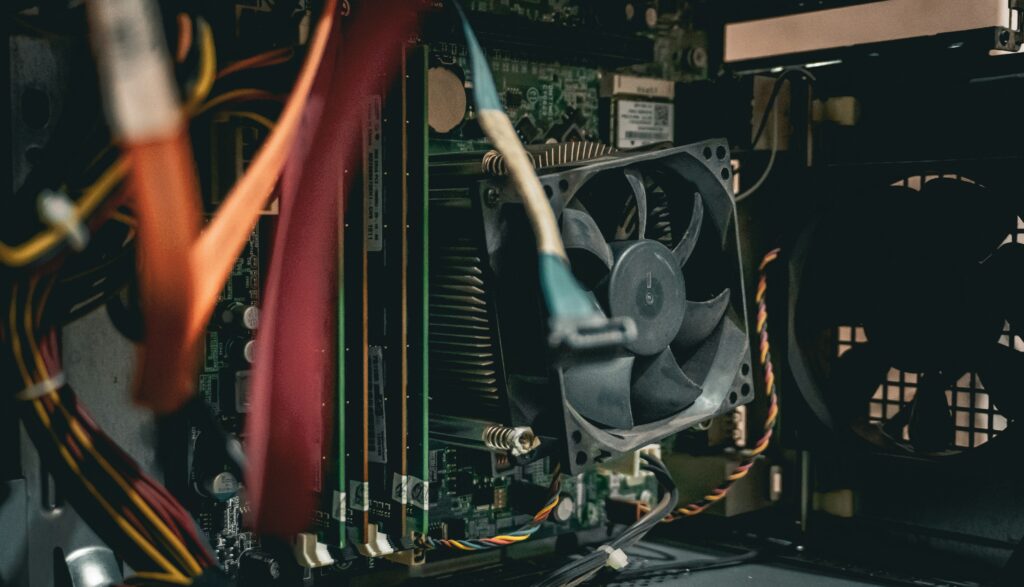The landscape of consumer technology is undergoing a profound transformation, spearheaded by the rapid evolution and integration of dedicated **AI Processors** within our everyday gadgets. This isn’t merely an incremental upgrade; it’s a fundamental architectural shift that promises to redefine performance, privacy, and user interaction. Major chip manufacturers have recently unveiled a new generation of hardware designed specifically to handle complex AI workloads directly on the device, marking a significant departure from cloud-centric AI processing. For instance, companies like Qualcomm, with its Snapdragon X Elite series, and Apple, with its Neural Engine in M-series chips, have pushed the boundaries, demonstrating staggering improvements in AI inference capabilities during late 2023 and early 2024.
This move towards on-device AI is substantiated by compelling data. Industry reports, such as those from market research firms like IDC and Gartner, predict a substantial surge in the adoption of edge AI devices. Projections indicate the global edge AI market could exceed tens of billions of dollars within the next few years. These dedicated NPUs (Neural Processing Units) offer superior performance per watt compared to general-purpose CPUs or GPUs for specific AI tasks, leading to faster computations and significantly reduced power consumption. This efficiency is critical for portable devices, allowing sophisticated AI models to run without draining battery life prematurely.
Transforming User Experience and Privacy on the Edge
The immediate impact of powerful **AI Processors** embedded in gadgets is a dramatic enhancement of the user experience. Imagine photo and video editing capabilities that apply complex generative AI effects in real-time, or language models that can summarize documents and draft emails instantly, all without an internet connection. Features like advanced noise cancellation, personalized digital assistants that understand context better, and predictive text that anticipates needs with uncanny accuracy become standard. This on-device processing also brings a monumental leap in privacy. With data processed locally rather than uploaded to distant servers, the risk of data breaches and unauthorized access is drastically reduced, giving users greater control over their personal information – a growing concern in our data-driven world.
The Road Ahead: Expert Predictions and Challenges
Looking to the future, industry experts foresee an acceleration in the development of even more powerful and specialized **AI Processors**. Dr. Anya Sharma, a leading analyst in semiconductor technology, recently commented, “We’re only at the cusp of what on-device AI can do. The next five years will see a proliferation of AI chips across a wider array of devices, from smart home appliances to automotive systems, making intelligent automation ubiquitous.” However, challenges remain, particularly in standardizing software frameworks for these diverse NPUs and ensuring developers can easily optimize their AI models for different hardware architectures. The success will hinge on robust developer ecosystems and continuous innovation in both hardware and software. To delve deeper into the broader implications of AI, check out our insights on generative AI.
Moreover, the integration of these advanced chips will enable novel applications that are currently only theoretical. Consider wearable devices that can perform real-time health monitoring with AI, detecting anomalies and offering personalized insights without relying on continuous cloud connectivity. Or smart glasses that offer augmented reality experiences powered by sophisticated on-device computer vision. These are not distant dreams but imminent realities, fueled by the relentless pace of innovation in **AI Processors**. This hardware revolution is set to unlock unprecedented levels of intelligence and efficiency, making our gadgets not just smarter, but truly intuitive companions.
As these technologies mature, we can expect a convergence of different AI-powered functionalities, creating a seamless and proactive digital environment. The competitive landscape among chip makers will also intensify, driving down costs and making advanced AI features accessible to a broader audience. This constant innovation, fueled by the demand for more intelligent and private computing, ensures that the future of gadgets will be inextricably linked with the power of on-device AI. Read more about the latest chip advancements directly from sources like Qualcomm’s Snapdragon X Elite announcement.

